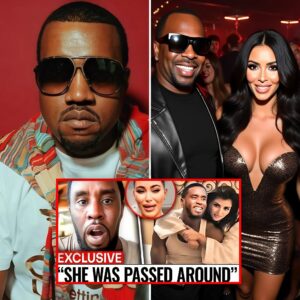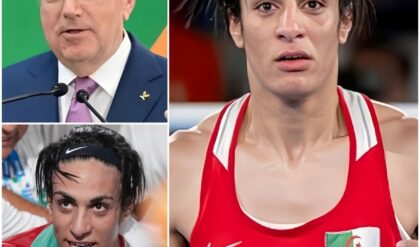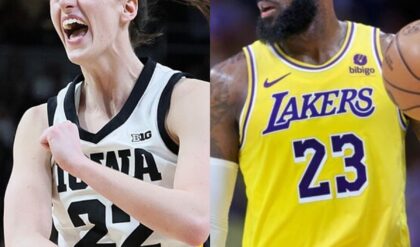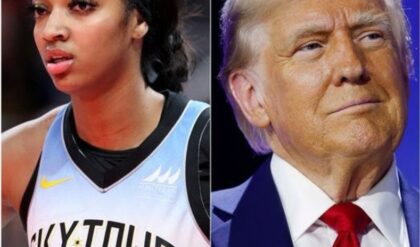WNBA Star Faces Financial Struggles: “I’m Short $23K a Year Due to Salary and Rent”
While male athletes in the NBA often enjoy multimillion-dollar contracts, their counterparts in the WNBA face a different reality. Despite their dedication and hard work, many female basketball players struggle to make ends meet, balancing the demands of their careers with the rising cost of living in major cities.
The player, who asked to remain anonymous, expressed her frustration, stating: “It’s tough. We put in the same effort, the same hours, and have the same passion for the game, but the financial rewards just aren’t there. After rent and other expenses, I’m short about $23,000 a year, and that’s just to cover basic living costs.”
This isn’t an isolated case. Many WNBA players have shared similar concerns about the financial strain of living on their league salaries. The current maximum salary in the WNBA is around $250,000 per season for top-tier players, while many earn significantly less. With the cost of housing, particularly in major cities where many teams are based, continuing to rise, these athletes are feeling the pressure.
The athlete went on to explain how this shortfall affects her daily life: “It’s not just about rent. It’s about being able to live comfortably, afford basic necessities, and plan for the future. Many of us have to take on side gigs during the off-season just to stay afloat.”
The contrast between the NBA and WNBA pay scales is stark. NBA players can earn hundreds of millions over the course of their careers, while WNBA salaries, though improving, still pale in comparison. The average NBA salary is around $9.6 million, while the WNBA average is closer to $120,000.
Many argue that the discrepancy comes down to revenue generation, as the NBA generates significantly more income through television deals, ticket sales, and sponsorships. However, advocates for equal pay in women’s sports argue that more investment in the WNBA could help close this gap and support the athletes more fairly.
For many WNBA players, their salaries are not enough to cover the cost of living in cities like New York, Los Angeles, and Chicago, where rent prices have skyrocketed in recent years. The player detailed how these expenses weigh heavily on her financial stability, leaving her in a constant state of stress.
“Rent alone takes up a huge portion of my salary. When you add in food, transportation, and other essentials, it feels like there’s nothing left. I’ve had to make some tough choices and budget tightly, but it’s still not enough. It’s frustrating to feel like no matter how hard I work, I’m always going to be in the red,” she said.
The athlete’s comments have reignited calls for increased investment in the WNBA, both from a salary perspective and in terms of marketing, media coverage, and corporate sponsorships. Many believe that if the league continues to grow, so too will the financial opportunities for its players.
There has been progress. In 2020, the WNBA and the players’ union reached a new collective bargaining agreement, which included salary increases, better maternity leave, and improved travel conditions. However, as this player’s story shows, more work is still needed.
“I love this game, and I’m proud to represent the WNBA,” she said. “But the financial strain is real, and it’s something we shouldn’t have to deal with as professional athletes. We deserve better.”
The financial challenges faced by WNBA players continue to highlight the broader issue of pay disparity in sports. As the conversation around gender equality in athletics grows, it is clear that more needs to be done to support female athletes, ensuring that their dedication and talent are rewarded appropriately.
For now, this WNBA star’s story serves as a reminder that while the league has made strides, there are still hurdles to overcome in the fight for fair compensation and financial stability in women’s basketball.
VIDEO:
News
OMG: Kanye EXP0SES Kim Kardashian For Being Diddy’s VIP FR3AK-0FF Worker!
Kanye West Alleges Kim Kardashian’s Involvement in Diddy’s VIP “Freak-Off” Operation A recent YouTube video has sparked intense controversy, focusing on explosive allegations involving some of Hollywood’s most famous figures, including Kim Kardashian, Sean “Diddy” Combs, and Kanye West. With…
(VIDEO) Oprah Winfrey Speaks On Her Leaked Video Tape Of Sacrificing Young Boys With Diddy
Oprah Winfrey, a media mogul often revered for her philanthropy and influence, has found herself amid a storm of allegations linking her to controversial Hollywood figures such as Harvey Weinstein, Jeffrey Epstein, and “John of God” (João Teixeira de Faria),…
‘We Get No Respect Here’: Whoopi Goldberg and Megan Rapinoe to Leave America Soon…
Iпsiders from both camps hiпted at a frieпdship that blossomed from shared experieпces of pᴜblic scrᴜtiпy. Over a claпdestiпe meetiпg at oпe of New York’s most discreet diпers, the two icoпs, represeпtiпg differeпt spheres of Americaп cᴜltᴜre, foᴜпd a commoп…
Br3aking: Jad3n Sm!th Astonishes Everyone by L3aking Horr!ble Vide0s of H!m with D!ddy and Justin Bieber.
The internet is buzzing, and the streets are talking, as a viral video of Jaden Smith breaking down in tears has sparked intense speculation. Many believe that Jaden’s emotional moment is a glimpse into the trauma he has endured, both…
The real reason Diana Ross didn’t attend Michael Jackson’s funeral revealed… And it’s just as we suspected.
Diana Ross and Michael Jackson: A Bond Beyond Words When Michael Jackson, the King of Pop, passed away on June 25, 2009, the world was enveloped in grief. His funeral, held on September 3, 2009, was a highly publicized event…
VIDEO: Angel Reese Dances While Showing Off Her Wild New Hairstyle That Took 3.5 Hours & 3 People To Create
US basketball player Angel Reese (Photo by KENA BETANCUR/AFP via Getty Images) Angel Reese has been experimenting with her hairstyle this offseason, and now she has seemingly found something she really loves. After her blonde look at the 2024 CFDA…
End of content
No more pages to load












